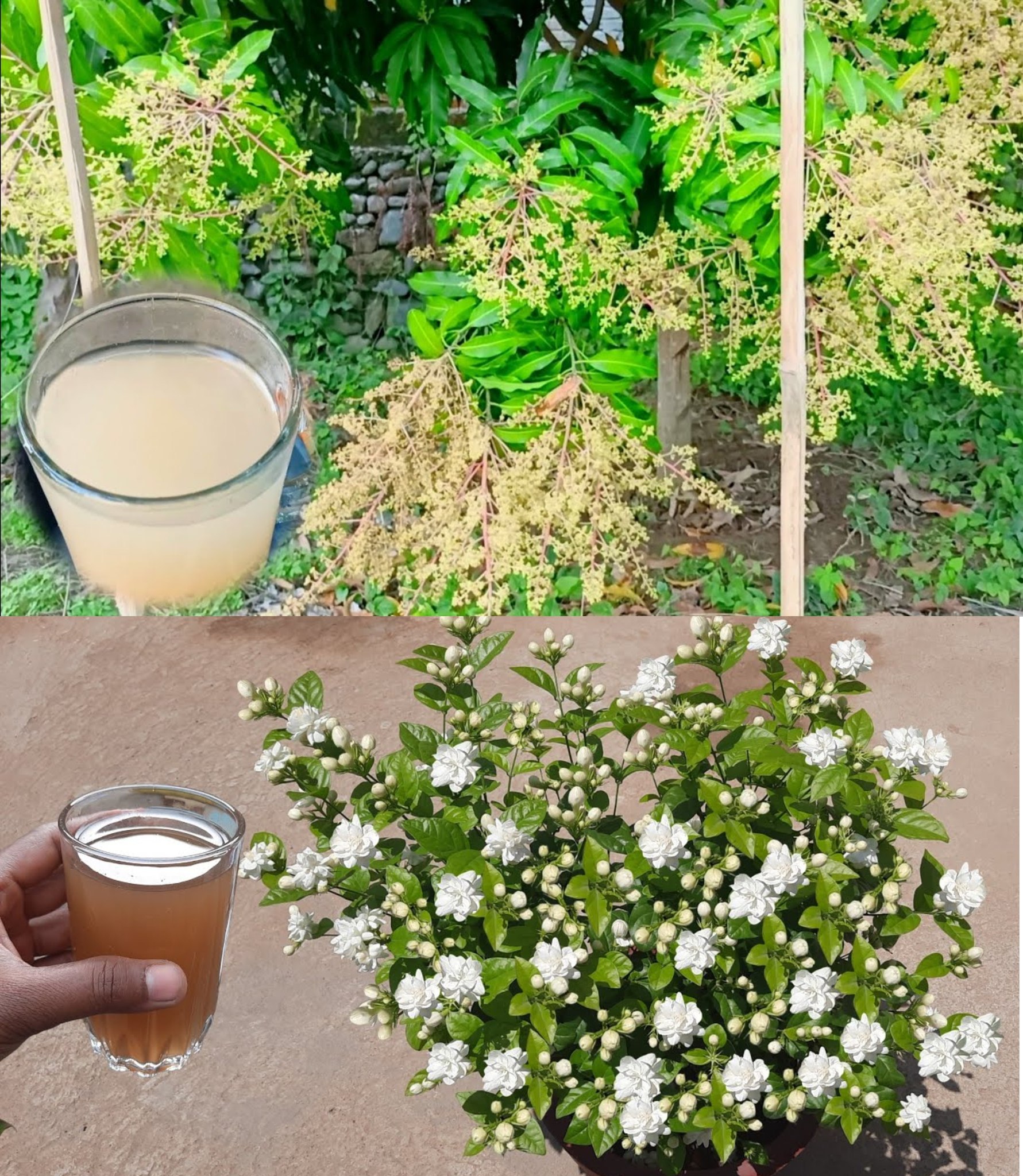
Not all plants naturally flower, and those that don’t may be influenced by suboptimal conditions related to light, watering, temperature, and various other factors. For instance, plants such as sansevieria, lucky bamboo, or monstera deliciosa are known for their beautiful foliage, but few realize they can also produce flowers.
Understanding the reasons behind plants not flowering:
Several factors can contribute to the failure of plants to flower, but it’s essential to first identify the plant type, learn about its ideal conditions, and consider its age. Plants do not flower until they reach a certain level of maturity, and some may take years to produce their first flowers, emphasizing the importance of knowing each species.
The main factors influencing plant flowering include:
- Lack of Light: Each plant has specific light requirements. Placing a light-loving plant in the shade or vice versa can hinder flowering.
- Temperature: Excessive cold can harm a plant’s buds or result in short-lived flowers. Choosing plants suitable for your local climate is crucial.
- Watering: Insufficient water prevents a plant from having the energy needed to flower, while excessive watering can lead to rot or fungal issues.
- Nutrient Deficiency: Plants, like any living beings, require proper nutrients. A lack of essential nutrients can hinder growth and flowering, while excess nutrients can be harmful.
- Insects or Diseases: Insects weaken plants by sapping their energy, hindering their ability to flower. Preventing infestations is vital for a plant’s overall health and flowering.
Nutrient deficiency is one of the reasons why a plant may not flower. Nutrients such as phosphorus and potassium are crucial for stimulating flowering, and this is where fertilizers come into play—substances providing nutrients assimilable by plants.
To promote faster and more abundant flowering, you need two ingredients: 50 grams of fresh ginger and half a cinnamon stick.
- Cut the ginger into small pieces and grind it with the cinnamon using a blender or food processor.
- Once you obtain a moist and homogeneous mixture, place it in a glass jar with a cap and store it in the fridge.
- For the fertilizer, mix half a teaspoon of the ginger and cinnamon mixture with a liter of water. Let it sit for a couple of hours, then use the solution to water plants not flowering.
Fresh ginger, in small quantities, is an excellent ally for plants, providing potassium—a key nutrient for flowering. Its aroma also acts as a natural insect repellent. Cinnamon stimulates root growth and is effective against plant fungi, often responsible for hindering flowering.
Share Article: